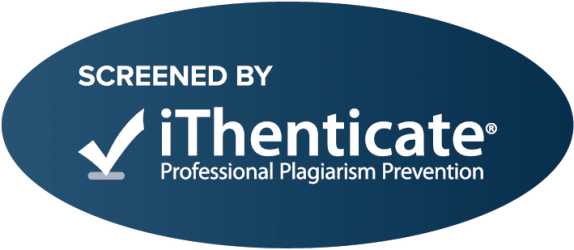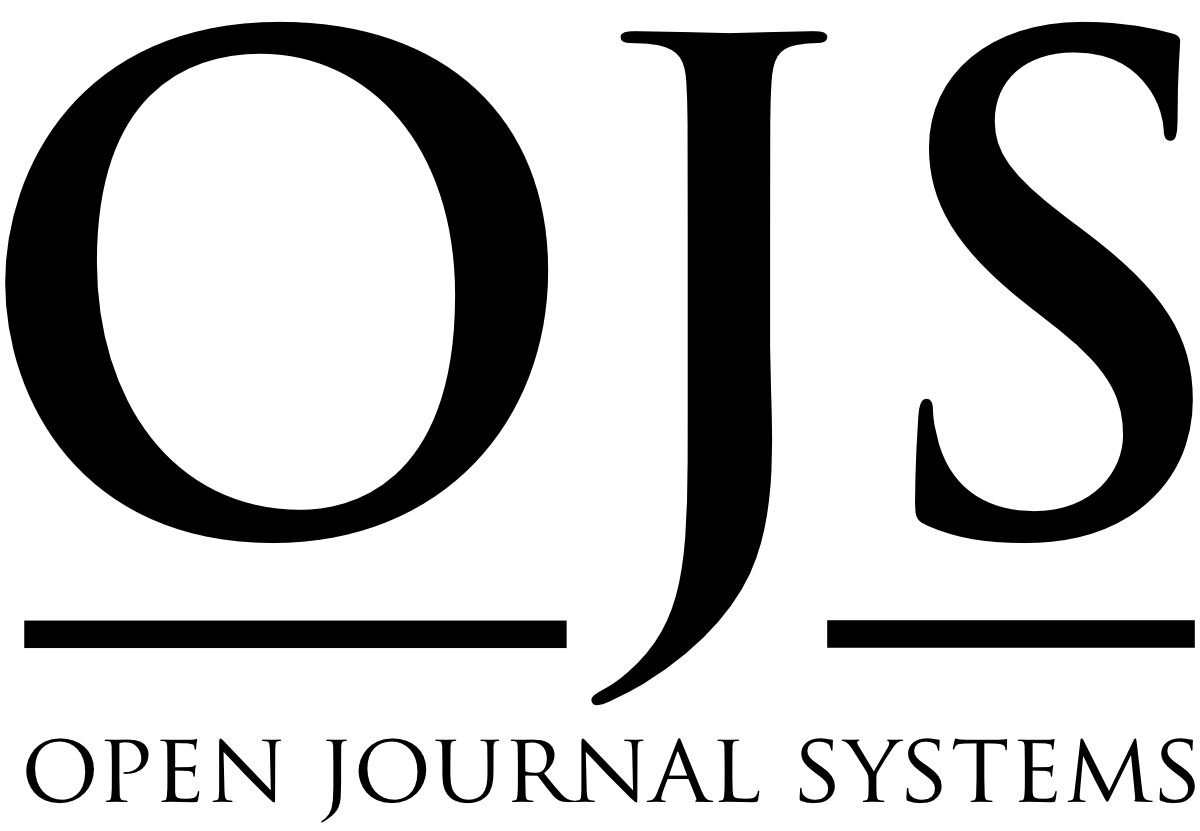The Effects of Differentiated Instruction by Integrating Multiple Intelligences and Learning Styles on Solving Problems, Achievement In, and Attitudes Towards Math in Six Graders with Learning Disabilities in Cooperative Groups
Keywords:
differentiated instruction, multiple intelligences and learning styles, solving problems, academic achievement, attitude, learning disabledAbstract
This study investigated the effect of using differentiated instruction by integrating multiple intelligences and learning styles on solving problems , achievement in , and attitudes towards math in six graders with learning disabilities in cooperative groups. A total of 60 students identified with LD were invited to participate. The sample was randomly divided into two groups; experimental ( n= 30 boys )and control ( n= 30 boys). ANCOVA and T .test were employed for data analysis. Findings from this study indicated the effectiveness of differentiated instruction by integrating multiple intelligences and learning styles on solving problems , achievement in , and attitudes towards math in the target students. On the basis of the findings, the study advocated for the effectiveness of using differentiated instruction by integrating multiple intelligences and learning styles on solving problems , achievement in , and attitudes towards math in learning disabled students.Downloads
References
Betts, E. A. (1946). Foundations of reading instruction with an emphasis on differentiated guidance. New York: American Book Company.
Bloom, B. S. (1994). Reflections on the development and use of the taxonomy. In L. W. Anderson & L. Sosniak (Eds.), Bloom’s taxonomy: A forty year retrospective. Part II (1-8). Chicago: University of Chicago.
Boaler, J. (2008). What’s math got to do with it? New York: Penguin Group.
Burns, M. (2007). Nine ways to catch kids up: How do we help floundering students who lack basic math concepts? Education Leadership, 65(3), 16-21.
Burz, H. L., & Marshall, K. (1996). Performance-based curriculum for mathematics. Thousand Oaks, CA: Corwin Press Inc.
Clark, B. (2002). Growing up gifted: Developing the potential of children at home and at school (6th ed.). Upper Sadle River, NJ: Prentice Hall.
Corley, M. (2005). Differentiated instruction: Adjusting to the needs of all learners. Focus on Basics: Connecting Research and Practice, 7(C), 13-16.
Cotic, M.,& Zuljan, M. (2009). Problem-based instruction in mathematics and its impact on the cognitive results of the students and on affective-motivational aspects. Educational Studies, 35(3), 297-310. Retrieved from ERIC database.
Csikszentmihaly, M. (1990). Flow: The Psychology of Optimal Experience. New York: Harper & Row.
Deci, E. L. (1995). Why we do what we do: Understanding self-motivation. New York: Penguin Books.
Dewey, J. (1916). Democracy and education: An introduction to the philosophy of education. New York: The Free Press.
Dunn, R., Beaudry, S., & Klavas, A. (2002). Survey of research on learning styles. California Journal of Science Education, 2(2), 75-96. Retrieved from the ERIC database.
Faulkner, V.N. (2009). The components of number sense: An instructional model for teachers. Teaching Exceptional Children, 41(5), 24-30.
Freire, P. (1970). Pedagogy of the oppressed. New York: Continuum.
Gardner, H. (1993). Frames of the mind: The theory of multiple intelligences. New York:
Basic Books.
Hall, T. (2002). Differentiated instruction. Wakefield, MA: National Center on Accessing the General Curriculum. Retrieved November 20, 2007 from http://www.cast.org/publications/ncac/ncac_diffinstruc.html
Heacox, D. (2002). Differentiating instruction in the regular classroom: How to reach
and teach all learners, grades 3-12. Minneapolis, MN. Free Spirit Publishing.
Herzberg, F. (1959). The motivation to work. NY: John Wiley.
Hooks, b. (1994). Teaching to transgress: Education as the practice of freedom. Taylor and Francis.
Jensen, E. (1998). Teaching with the brain in mind. Alexandria, VA: Association for Supervision and Curriculum Development.
Kamel, M. (1990) Screening Student test for learning disabilities , Cairo, Al Anglo
Lazer, D. (2004). Higher-order thinking the multiple intelligence way. Chicago, IL: Zephyr Press.
Lawrence-Brown, D. (2004). Differentiated instruction: Inclusive strategies for standards- based learning that benefit the whole class. American Secondary Education, 32(3), 34- 63. Retrieved from ERIC database.
Levy, R (2008). Meeting the needs of all students through differentiated instruction: Helping every child reach and exceed standards. [Electronic version]. Clearing House, 81(4), 161-164.
Lowrie, T., & Logan, T. (2007). Using spacial skills to interpret maps: Problem solving in realistic contexts. Australian Primary Mathematics Classroom, 12(4), 14-19. Retrieved from ERIC database.
Maslow, A. (1962). Toward a Psychology of Being. New York: Van Nostrand Reinhold.
Mosa, Farouk. A.( 1989) Mental Ability Test, Cairo, El Nahda Al Masrya .
Mourad Ali ( 2007) . How the reading disabled brain learns , Alexandria , Dar El Wafaa.
Mourad Ali, E. Waleed El sayed,& Ahmed Gomaa (2006). Computer and learning disabilities, theory and practice, Alexandria, Dar El Wafaa
Read, S. E. (2000). Learning styles in graduate education classes: The river of no return. In R. Dunn, & S. Griggs (Eds.), Practical approaches to using learning styles in higher education (pp. 35-41). Westport, CT: Greenwood Press.
Servilio, K. (2009). You get to choose! Motivating students to read through differentiatedinstruction. [Electronic version]. Teaching Exceptional Children Plus, 5(5), 2-1l.
Silver , H. & Hanson , J. & Perini , M. ( 1997 ). Integrating Multiple intelligences and learning styles . Educational Leadership ,Vol. 55(1), 22-27
Slavin, R.E. (1987).Ability grouping and student achievement. Review of Educational Research, 57 (3), 293-336.
Slavin, R. E. (1993). Ability grouping in the middle grades: achievement effects and alternatives. Elementary School Journal, 93 (5), 535-552.
Sternberg, R., & Williams, W. (2003). Educational psychology. Boston, MA: Allyn and Bacon.
Sternberg, R., Torff, B. & Grigorenko, E. (1998). Teaching triarchically improves student achievement. Journal of Educational Psychology, 90, 374-384.
Tomlinson, C.A. (2001). How to differentiate instruction in mixed-ability classrooms (2nd ed.). Alexandria, VA: Association for Supervision and Curriculum Development.
VanSciver, 1. (2005). Motherhood, apple pie, and differentiated instruction. [Electronic version]. Phi Delta Kappan, 86(7), 534-535.
Vygotsky, L. (1978). Mind in Society: The Development of Higher Psychological Processes. Cambridge, MA: Harvard University Press.
Vygotsky, L. (1986). Thought and Language. Cambridge, MA: The MIT Press. (original work published in 1934).
Waterman, S. S. (2007). The democratic differentiated classroom. Larchmont, NY: Eye on Education, Inc.
White, R., & Dinos, S. (2010). Investigating the impact of mediated learning experiences on cooperative peer communication during group initiatives. Journal of Experimental Education, 32(3), 226-238. Retrieved from ERIC database.
Additional Files
Published
How to Cite
Issue
Section
License

This work is licensed under a Creative Commons Attribution-NonCommercial-NoDerivatives 4.0 International License.










